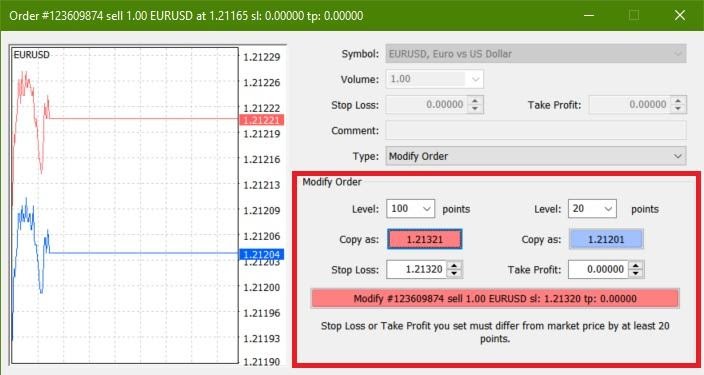Setting Stop Losses
This article will explain why the stop-loss is necessary, how to set it up, as well as some examples of stop-loss strategies that traders can use.
What is a Stop-Loss?
A stop-loss is a market order to close an open trade, if and when it reaches a particular price. Stop-losses are used to fix a trader’s potential loss and to ensure it does not breach existing risk management safeguards. Therefore, stop-losses are an essential tool to help traders manage their risk exposure and to preserve their capital base.
It is highly recommended for all clients to become comfortable with using stop-loss orders and to use them consistently in their trading activity.
One key feature of stop-loss orders is their timelessness. When a stop-loss order is placed, it will remain as a working order until the price action reaches it. This means clients can safely step away from their screens as their trading ideas unfold – safe in the knowledge that their stop-loss order will close their trade for them automatically.
Stop-Loss Strategies
Although stop-loss orders are simple and straightforward, MetaTrader users can implement sophisticated trading strategies by using them.
Once you have mastered the ability to determine key levels, stop losses can help traders target specific levels and execute precise trade exits that allow the trader to maintain a predetermined risk-reward ratio.
An effective FX stop-loss strategy is essential to take your trading to the next level.
One simple strategy is to place a stop-loss order that would ensure no more than 1% of your trading account is risked in any one trade. To calculate the stop-loss level required, please refer to our Position Sizing and Risk Management articles.
Quick summary: Imagine EUR/USD is trading at 1.1500 and the trader thinks the price will rise, so they open a long position.
If the trader has $10,000 in their trading account, 1% equates to $100. To ensure the potential trade does not lose more than $100, the trader could go open a 0.1 lot buy position ($10,000 nominal value) and place a stop-loss order at 1.1400.
If the price were to fall from 1.1500 to 1.1400, the stop-loss order would cap the trader’s loss at $100. On the flip side, if the price were to rise from 1.15 to 1.16, the trader could record a $100 profit with a Take Profit order.



